The therapeutic properties of omega-3s can help in the treatment of many short-term ailments while also providing protection against long-term health conditions. But omega-3 fatty acids are not just beneficial for adults; research has proven that there is no shortage of health benefits of omega-3 for kids. This important fatty acid can produce a profound effect on children’s short-term and long-term health.
Here is what you need to know about omega-3 fatty acids, how they can boost your child’s health and wellness in a variety of ways and how you can ensure that your child is getting sufficient amounts of this nutrient.
What Are Omega-3 Fatty Acids?
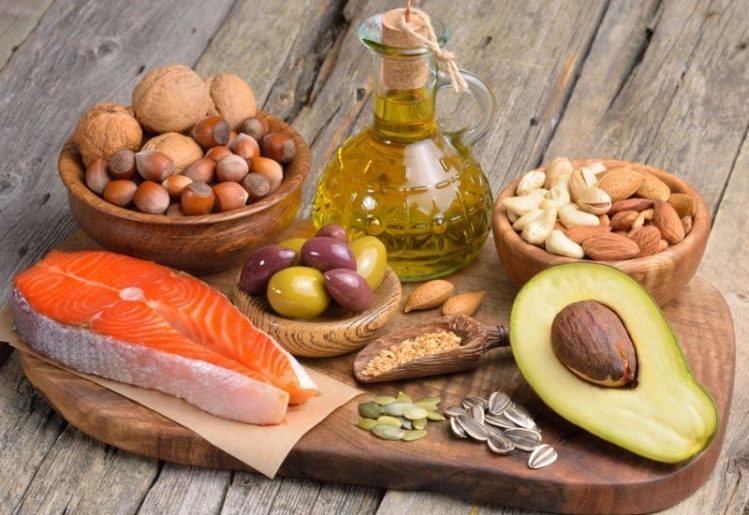 If you have spent any time researching vitamins and minerals, you have likely run across studies documenting the many benefits of omega-3 fatty acids. But what are omega-3s exactly? These fatty acids are vital to many health functions, most specifically fetal development, immunity strength, heart health and brain function.
If you have spent any time researching vitamins and minerals, you have likely run across studies documenting the many benefits of omega-3 fatty acids. But what are omega-3s exactly? These fatty acids are vital to many health functions, most specifically fetal development, immunity strength, heart health and brain function.
Because your body does not produce these fatty acids on its own, they are considered essential. This means that you need to be proactive about getting them from food and other supplements.
There are three primary types of omega-3 fatty acids. You can find alpha-linolenic acid (ALA) in plant foods, including some vegetables, nuts, seeds and vegetable oils. Eicosapentaenoic acid (EPA) and docosahexaenoic acid (DHA) are found in fatty fish such as tuna and salmon. Many people also choose to obtain their EPA and DHA from supplements.
Omega-3 for Kids Benefits
Although the generous health benefits of omega-3s is well-documented, it has been more recently that the advantages of this fatty acid for the growing bodies of children has come into light. These benefits include both physical health advantages and an improvement of mental wellness. Here are some of the most compelling reasons to incorporate omega-3 fatty acids into your child’s diet.
Protects Against Asthma
A study out of the UK shed light on how the intentional intake of more omega-3 fatty acids can offer protection against asthma. The intake of these acids provides a preventative measure in the development of asthma in children.
Boosts Brain Health
What parent does not want to boost their child’s brain function? Kids who regularly eat fatty fish or take an omega-3 supplement have been shown to score higher on intelligence quotient (IQ) tests. In addition, multiple studies have demonstrated that omega-3 supplements may decrease the symptoms of attention deficit hyperactivity disorder (ADHD).
Encourages Healthy Sleep Patterns
One of the reasons that children enjoy better mental health and brain function due to the intake of omega-3s is because this fatty acid also encourages healthy sleep patterns. The studies show that regular intake of omega-3s reduces sleep disturbances, supporting healthy sleep patterns.
Lowers Cholesterol Levels
Supplementing with essential fatty acids has been shown to offer protection to kids with unhealthy cholesterol levels. The protection is vital because it helps to guard against the development of heart disease later down the road. The intake of this nutrient provides this protection by increasing the level of healthy omega-3 fatty acids in the bloodstream. The research showed that an omega-3 supplement has the potential of changing the lipid profile of a child’s bloodstream, lowering their risk of heart disease later in life.
How to Incorporate More Omega-3s into Your Child’s Diet
While you may have to work a little harder to incorporate omega-3s into your child’s diet when compared with more accessible nutrients, it is still within reach if you are diligent about this practice. The amount of omega-3s needed to see optimal benefits largely depends on the age and size of your child. Your healthcare provider will be a good resource when determining the dosage goal that is appropriate for your child.
 Start with looking at ways to incorporate the omega-3s through food. The gold standard for omega-3s is cold-water fatty fish such as salmon, tuna, mackerel and sardines. Other good food choices include nuts, seeds and plant oils. Walnuts, chia seeds, flax and canola oil are some of the most accessible foods for children.
Start with looking at ways to incorporate the omega-3s through food. The gold standard for omega-3s is cold-water fatty fish such as salmon, tuna, mackerel and sardines. Other good food choices include nuts, seeds and plant oils. Walnuts, chia seeds, flax and canola oil are some of the most accessible foods for children.
Fortunately, many of today’s most kid-friendly foods are also fortified with omega-3s, making it even easier for your child to hit the recommended intake for optimal health. It is a good idea to get in the habit of reading labels to find foods that are high in this fatty acid.
Supplements also provide an extra layer of insurance for your omega-3 needs. There are a number of omega-3 supplements designed with a child’s growing body in mind, giving you the assurance that your child will not be deficient in this crucial building block for good health.
As more evidence pours in, it becomes even more obvious that kids can benefit from omega-3 fatty acids. Health-savvy parents would be wise to consider using these fatty acids as a means to supporting optimal health and wellness for their children.
 Fish oil is full of valuable omega-3 polyunsaturated fatty acids
Fish oil is full of valuable omega-3 polyunsaturated fatty acids A growing body of research indicates that people who struggle with depression may exhibit inadequate levels of omega-3 fatty acids. In addition, studies have demonstrated a link between low levels of fatty acids and cognitive decline. Other studies have shown that EPA and DHA may be helpful in fending off dementia, Parkinson’s disease and certain types of post-traumatic stress disorders.
A growing body of research indicates that people who struggle with depression may exhibit inadequate levels of omega-3 fatty acids. In addition, studies have demonstrated a link between low levels of fatty acids and cognitive decline. Other studies have shown that EPA and DHA may be helpful in fending off dementia, Parkinson’s disease and certain types of post-traumatic stress disorders. The most convincing reason to make exercise a part of your lifestyle is because it has been proven to prolong your life.
The most convincing reason to make exercise a part of your lifestyle is because it has been proven to prolong your life.  Many people erroneously believe that exercise will make you hungrier. However, numerous studies have demonstrated that aerobic exercise actually decreases your overall appetite. This happens as a result of the effect of exercise on the hormones that control your hunger levels.
Many people erroneously believe that exercise will make you hungrier. However, numerous studies have demonstrated that aerobic exercise actually decreases your overall appetite. This happens as a result of the effect of exercise on the hormones that control your hunger levels.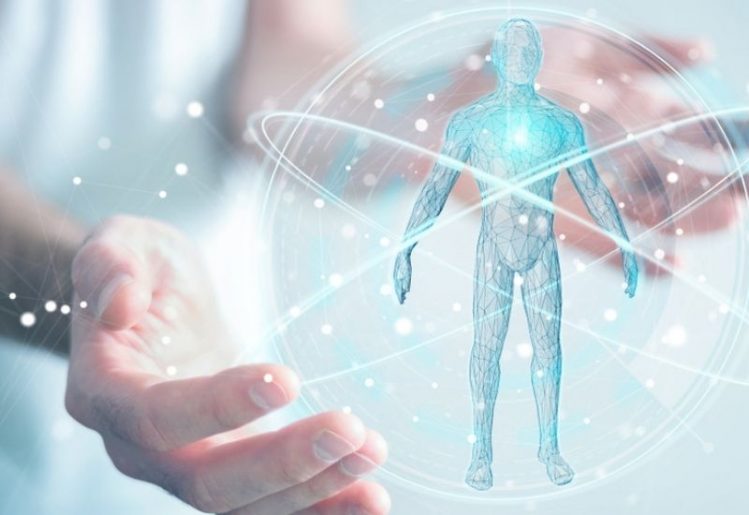 NAD takes two forms, depending on what point in the energy production cycle it is. These two forms are NAD+ and NADH. NAD levels decrease with age, contributing to the mitochondrial inefficiency and deterioration
NAD takes two forms, depending on what point in the energy production cycle it is. These two forms are NAD+ and NADH. NAD levels decrease with age, contributing to the mitochondrial inefficiency and deterioration 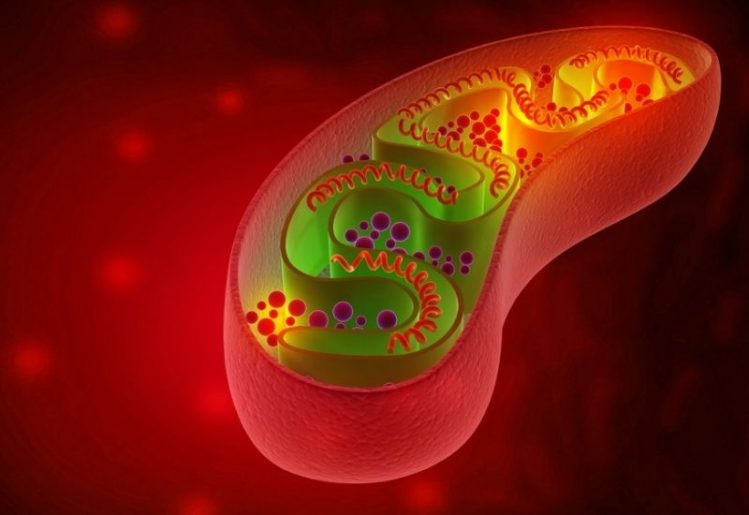 In animal studies and test tube studies done with
In animal studies and test tube studies done with 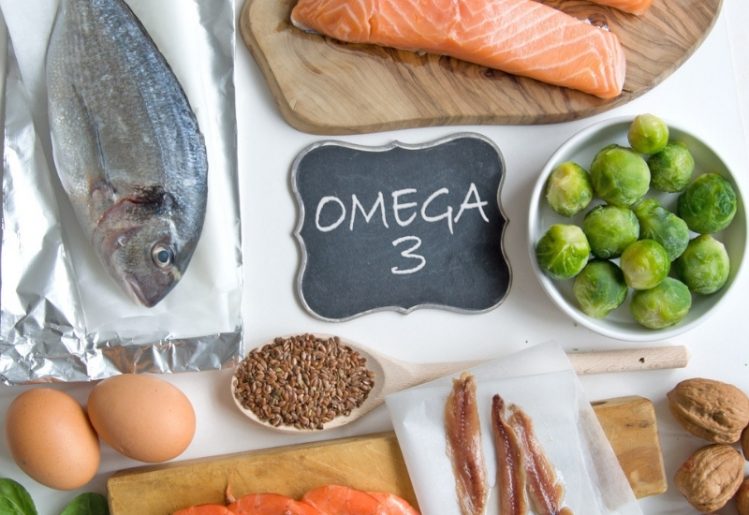 Omega-3 fatty acids
Omega-3 fatty acids Ingredients
Ingredients
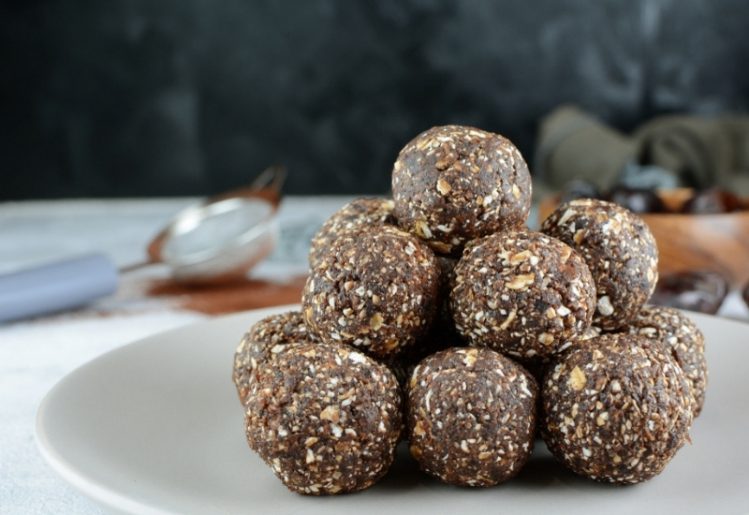 These yummy and nutritious no-bake energy balls can be enjoyed as a snack or healthy dessert by adults and kids alike.
These yummy and nutritious no-bake energy balls can be enjoyed as a snack or healthy dessert by adults and kids alike. As far back as 1929,
As far back as 1929,  Although Brussels sprouts isn’t a popular food, it is very nutritious. Among the highly valued nutrients it contains, a half cup of this veggie provides 109 mcg (91 percent DV) of vitamin K. A 100 gram serving will provide the body with 140 mcg (117 percent DV) of this nutrient.
Although Brussels sprouts isn’t a popular food, it is very nutritious. Among the highly valued nutrients it contains, a half cup of this veggie provides 109 mcg (91 percent DV) of vitamin K. A 100 gram serving will provide the body with 140 mcg (117 percent DV) of this nutrient.